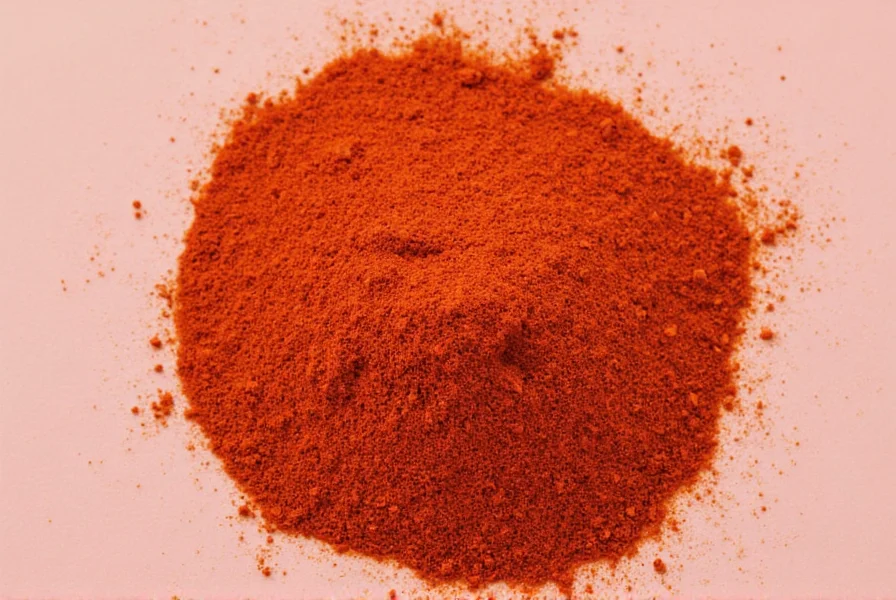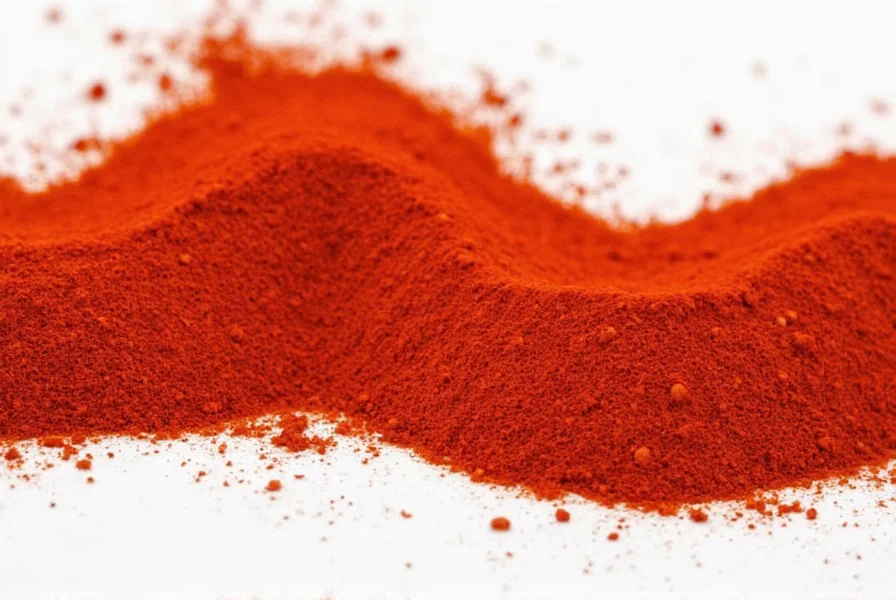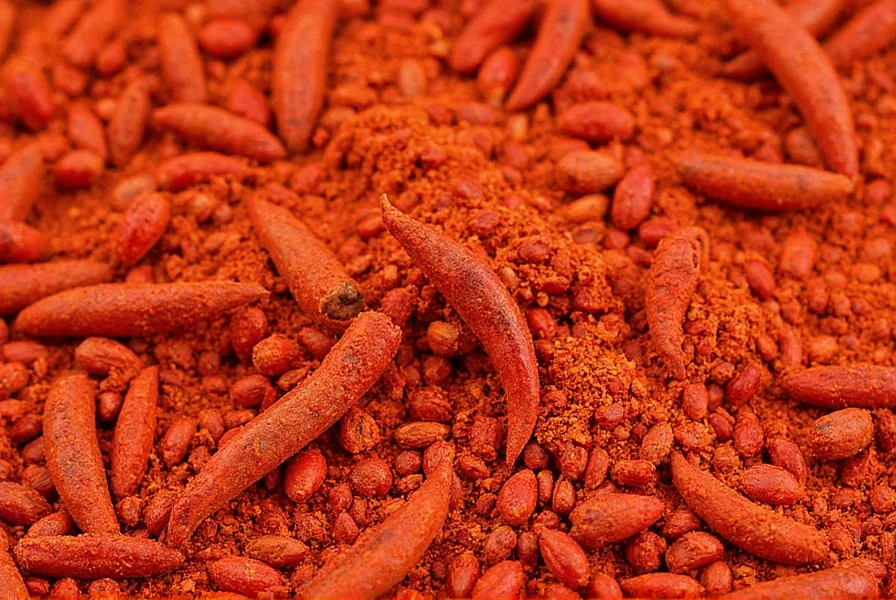Is Hungarian Paprika Sweet? A Spicy-Sweet Journey into the World of Paprika
If you've ever wandered through a spice market or flipped through a European cookbook, you’ve probably come across Hungarian paprika. But here’s the big question: Is Hungarian paprika sweet? Let’s dive deep into this vibrant red powder, explore its flavor profile, and discover why it holds such a special place in kitchens around the world.
Table of Contents
- What Exactly Is Hungarian Paprika?
- Is It Sweet or Spicy? Decoding the Flavor Spectrum
- Hungarian Paprika Grades: From Delightfully Sweet to Seriously Spicy
- How to Use Sweet Hungarian Paprika in Your Kitchen
- Buying Guide: How to Choose the Right Paprika for You
- Conclusion: The Sweet Truth About Hungarian Paprika
What Exactly Is Hungarian Paprika?
Hungarian paprika is made from ground dried peppers, primarily grown in Hungary—especially in the famous region of Szeged. Unlike generic paprika found on supermarket shelves, authentic Hungarian paprika is known for its depth of flavor, color, and versatility. It’s not just a spice; it's a cultural icon.
There are eight distinct grades of Hungarian paprika, ranging from mild and sweet to hot and intense. Each grade is carefully crafted for specific culinary purposes—from seasoning hearty goulash to sprinkling over deviled eggs.
Is It Sweet or Spicy? Decoding the Flavor Spectrum
The short answer: It depends. Most Hungarian paprika sold internationally is labeled as “sweet” or “mild,” but that doesn’t mean it lacks flavor. The sweetness refers more to the absence of heat rather than an actual sugary taste. Instead, it delivers a rich, earthy, slightly fruity undertone that complements both meat and vegetables beautifully.
So What Makes It ‘Sweet’?
- Low capsaicin content (i.e., minimal heat)
- Rich, mellow aroma
- Fruity, almost bell pepper-like notes
- Smooth texture when rubbed between fingers
Sweet Hungarian paprika isn't going to burn your tongue—but it will elevate your dish with a subtle complexity that makes food feel instantly gourmet.
Hungarian Paprika Grades: From Delightfully Sweet to Seriously Spicy
To really understand whether Hungarian paprika is sweet, we need to look at the eight official classifications:
| Grade | Flavor Profile | Best Use |
|---|---|---|
| Különleges | Mild, sweet, aromatic | Finishing dishes, sauces |
| Extra Finom | Very mild, slightly fruity | Eggs, cream-based soups |
| Finom Édes | Balanced sweetness and body | Goulash, stews |
| Rózsa | Delicate rose tone, floral | Vegetable dishes, rice |
| Édes Gombóc | Thicker, earthy | Dumplings, braises |
| Félédes | Moderately sweet with slight warmth | Meat rubs, grilled veggies |
| Pikáns | Mildly spicy | Spiced soups, sauces |
| Cayenne | Hot and pungent | Spice blends, chili oils |
As shown above, the first few grades like Különleges and Extra Finom are where the sweet magic happens. These are what most people refer to when they ask, “Is Hungarian paprika sweet?”
How to Use Sweet Hungarian Paprika in Your Kitchen
Sweet Hungarian paprika isn’t just for show—it plays a vital role in many classic recipes. Here are some practical ways to put it to work:
Top 5 Tips for Using Sweet Hungarian Paprika
- Make Authentic Goulash: Sweet paprika is the heart of traditional Hungarian goulash. Sauté onions in oil, add paprika, then brown beef and simmer until tender. Serve with crusty bread for comfort food at its finest.
- Boost Roasted Vegetables: Toss carrots, potatoes, or cauliflower with olive oil and a sprinkle of sweet paprika before roasting. The result? A caramelized side dish with a gentle smoky sweetness.
- Add Depth to Egg Dishes: Mix into scrambled eggs or sprinkle over shakshuka for a warm, earthy note that pairs perfectly with tomatoes and cheese.
- Upgrade Your Deviled Eggs: Dust the top with sweet paprika before serving for both color and flavor. For extra flair, mix in a pinch with mayo filling.
- Use as a Garnish: Sprinkle over finished dishes like potato salad or hummus to enhance visual appeal and offer a whisper of flavor without overwhelming other ingredients.
Buying Guide: How to Choose the Right Paprika for You
Not all paprikas are created equal. When shopping, especially online or at specialty stores, keep these tips in mind:
Look for Authenticity
- Label Check: Look for phrases like “Hungarian paprika” or “Paprika de Hungría.” Avoid vague terms like “imported paprika” or “smoked paprika” if authenticity is key.
- Origin Matters: True Hungarian paprika comes from designated regions and carries a protected designation of origin (PDO) status in the EU.
Know the Grades
Unless you're specifically seeking out the spicier varieties, opt for labels that say “Különleges,” “Finom Édes,” or simply “Sweet Hungarian Paprika.”

Storage Tips
- Store in a cool, dark place
- Use within six months for peak freshness
- Keep away from moisture and direct sunlight
Top Recommended Brands
| Brand | Features | Flavor | Best For |
|---|---|---|---|
| Unicum Hungarian Paprika | EU PDO certified, sun-dried | Mild, balanced sweetness | Traditional dishes, garnishing |
| Markets of Buda Paprika | Hand-blended, organic | Fruity, smooth | Cooking and finishing |
| Pick Hungarian Paprika | From Szeged region, natural drying | Earthy, mellow | Stews and roasted meats |

Conclusion: The Sweet Truth About Hungarian Paprika
So, is Hungarian paprika sweet? Yes—but not in the way you might expect. It brings a gentle, nuanced flavor to the table, often described as earthy, fruity, or mellow rather than sugary. Whether you're a home cook or a seasoned chef, adding a jar of sweet Hungarian paprika to your spice rack can transform everyday meals into something extraordinary.
Don’t be afraid to experiment with different grades. Start with the mildest and work your way up as you become more familiar with how it interacts with other flavors. Once you go Hungarian, you’ll never want to settle for generic paprika again!











 浙公网安备
33010002000092号
浙公网安备
33010002000092号 浙B2-20120091-4
浙B2-20120091-4